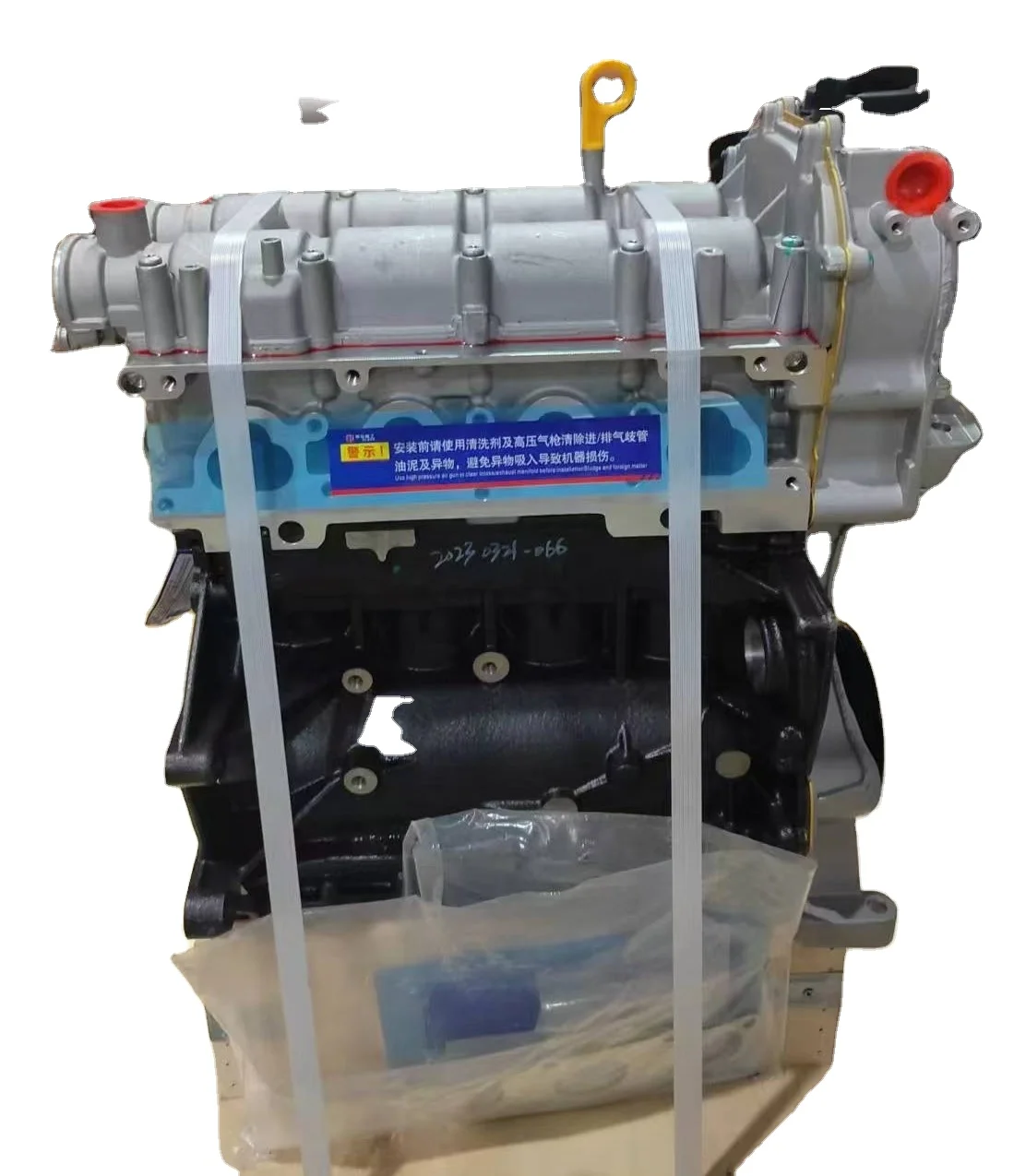Reduce downtime by using a well-maintained clp engine.
Reduce downtime by using a well-maintained clp engine.
Blog Article
How a Clp Engine Can Improve Efficiency in Different Industries
The development of CLP engines notes a substantial change in functional efficiency throughout various markets, driven by their ability to maximize fuel consumption and reduce downtime. As organizations progressively prioritize sustainability alongside efficiency, the role of CLP engines becomes also more important.
Review of CLP Engines
CLP engines, or Continual Liquid Propellant engines, stand for a significant innovation in propulsion innovation, especially for area applications. These engines make use of a continuous feed system that enables the continual expulsion of propellant, resulting in enhanced effectiveness and efficiency compared to traditional solid or hybrid propulsion systems. By keeping a constant flow of fluid propellant, CLP engines can attain much more precise thrust control, which is vital for navigating spacecraft in numerous mission situations.
The style of CLP engines incorporates advanced products and cutting-edge gas administration systems. clp engine. This leads to reduced weight and increased integrity, crucial variables for long-duration area goals. The continuous procedure lessens the threat of combustion instability, a common obstacle in standard rocket engines.

Benefits in Manufacturing
The production of Continual Fluid Propellant (CLP) engines provides a number of noteworthy advantages that boost both performance and cost-effectiveness. Among the key advantages is the structured production process, which minimizes the intricacy connected with typical propulsion systems. By making use of fluid propellant, makers can attain greater precision in engine efficiency, leading to maximized power output and minimized waste.
Furthermore, CLP engines facilitate a higher level of modularity, enabling much easier assimilation right into numerous production lines. This versatility can considerably decrease preparations and improve general functional versatility. Making use of CLP technology additionally often tends to minimize the requirement for comprehensive upkeep due to less moving parts, which translates into minimized downtime and functional expenses.

Applications in Logistics
Leveraging Continual Fluid Propellant (CLP) engines in logistics offers substantial advantages in functional efficiency and integrity. These engines supply a durable service for different transportation requirements, enabling the smooth motion of products across huge ranges. The integral layout of CLP engines enables regular power output, which translates into smoother and extra foreseeable transport routines.
Among the vital applications of CLP engines in logistics is in sturdy products transport, where they can drive both ground and aerial automobiles. Their capacity to preserve high efficiency under varying tons conditions ensures that delivery timelines are satisfied, therefore boosting consumer fulfillment. Furthermore, CLP engines can be incorporated into automated logistics systems, helping with real-time monitoring and maximizing course preparation.
In addition, the resilience of CLP engines reduces upkeep downtime, permitting logistics firms to optimize their functional abilities. This visite site is particularly valuable in warehousing procedures, where performance in managing and carrying products is crucial. As logistics remains to develop, the assimilation of CLP engines stands for a forward-thinking technique that not just boosts efficiency however also sustains the sector's expanding demands for dependability and speed.
Influence on Power Efficiency
How do Constant Fluid Propellant (CLP) engines enhance power effectiveness in transportation? CLP engines utilize a constant flow of liquid fuel, optimizing combustion procedures and maintaining a secure drive outcome. This layout lessens power losses related to traditional burning engines, where gas distribution can differ and lead to ineffectiveness.
The continual operation of CLP engines enables an extra effective thermal cycle, causing higher particular impulse check this site out compared to standard engines. clp engine. This translates to decreased gas consumption for the same quantity of work done, substantially decreasing operational costs throughout different transport fields, consisting of aeronautics and maritime markets
Additionally, the capacity of CLP engines to keep optimum efficiency under varying lots conditions lowers the requirement for constant acceleration and slowdown, even more improving gas performance. Improved power effectiveness not just adds to cost savings however likewise leads to reduce greenhouse gas emissions, aligning with worldwide sustainability objectives.
Future Trends and Innovations
Arising improvements in Constant Fluid Propellant (CLP) engine modern technology promise to reinvent the landscape of transportation effectiveness and sustainability. As markets pivot toward greener choices, CLP engines stand at the leading edge, integrating cutting-edge products and design methods that improve performance while minimizing environmental impact.
Among one of the most encouraging fads is the adoption of crossbreed systems that combine CLP engines with renewable power sources. This harmony can optimize gas intake and lower exhausts, straightening with international sustainability objectives. Moreover, improvements in computational liquid dynamics (CFD) are helping with the layout of more aerodynamically reliable engines, causing decreased drag and improved gas performance.
Additionally, the development of wise monitoring systems is set to boost operational performances. These systems utilize information analytics and IoT technology to maximize engine performance in real-time, guaranteeing that the engines operate within their most effective criteria.
As research study continues to discover alternate propellant solutions-- such as biofuels and artificial fuels-- the future of CLP engines looks promising. By using these innovations, markets can not find more info just improve their efficiency but also contribute substantially to a cleaner, extra sustainable future in transportation.
Final Thought
In conclusion, CLP engines stand for a substantial advancement in performance throughout numerous sectors. The assimilation of innovative products and fewer relocating components reduces maintenance demands, while positioning with sustainability objectives placements CLP engines as a crucial modern technology for the future.
Report this page